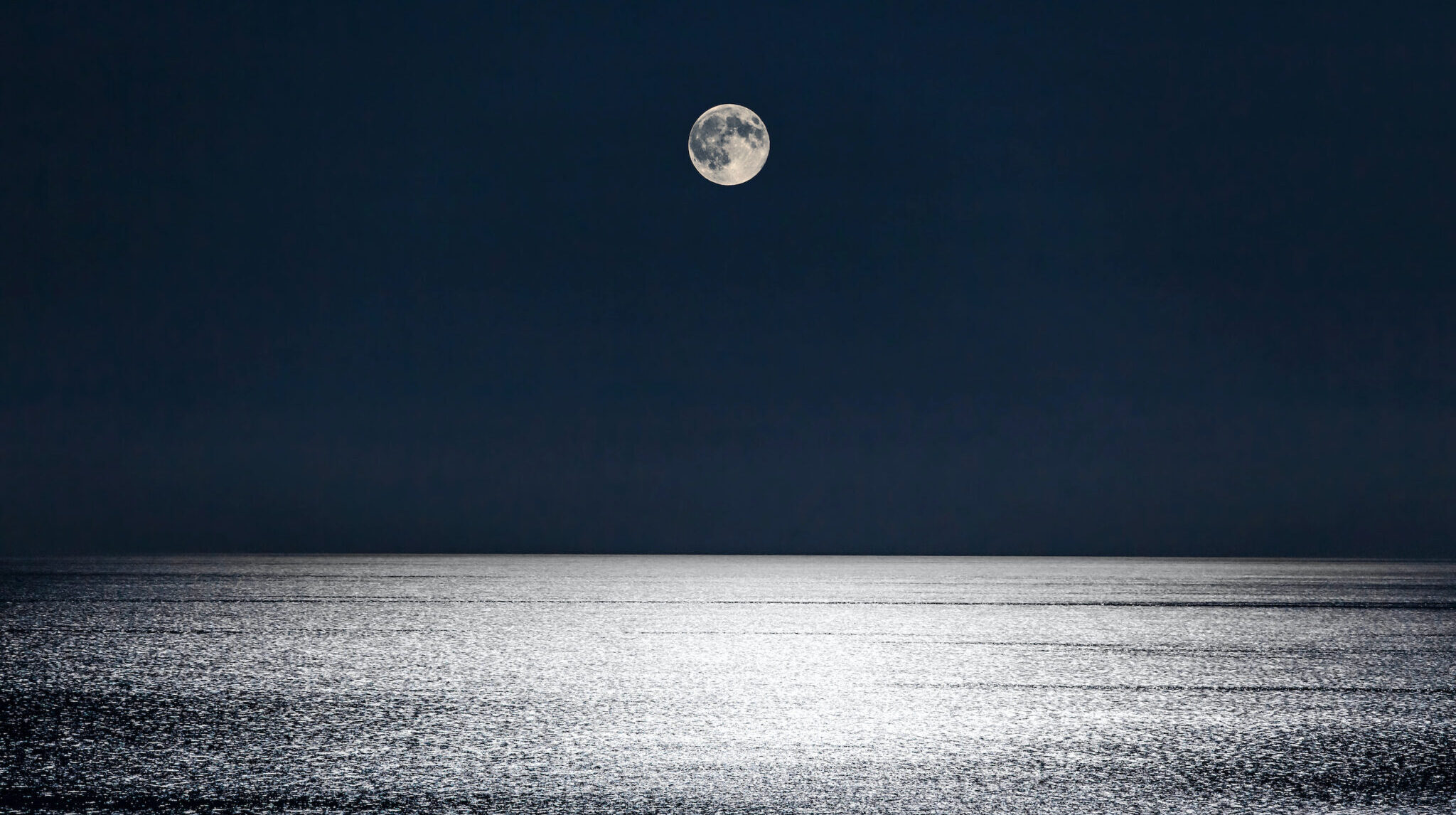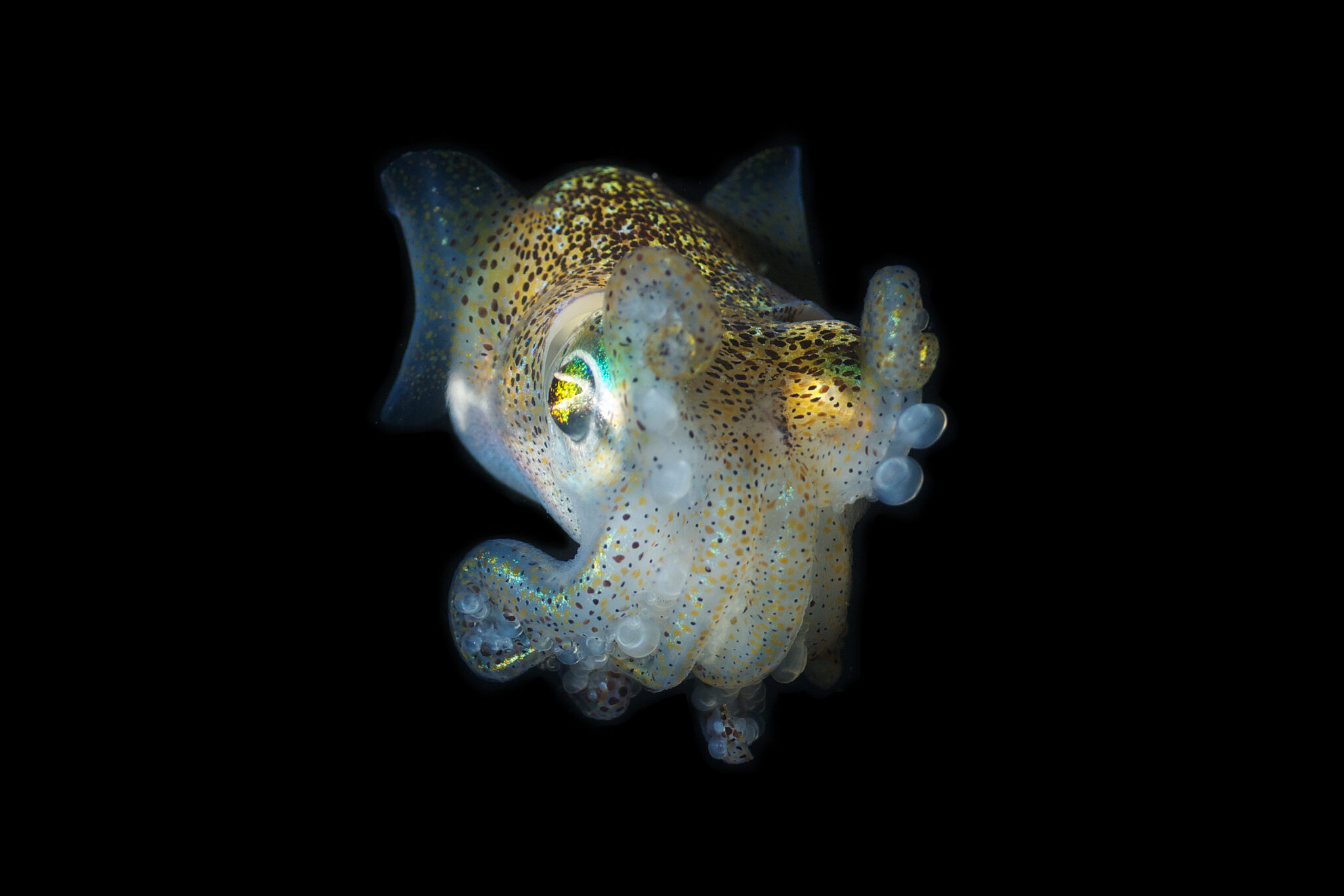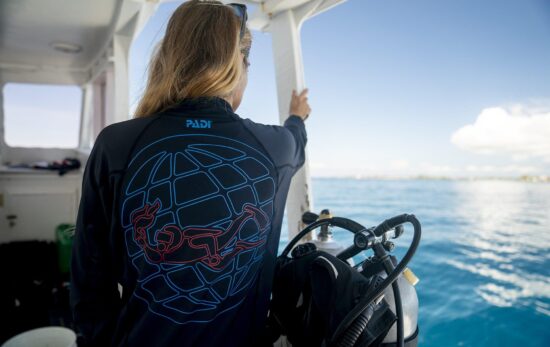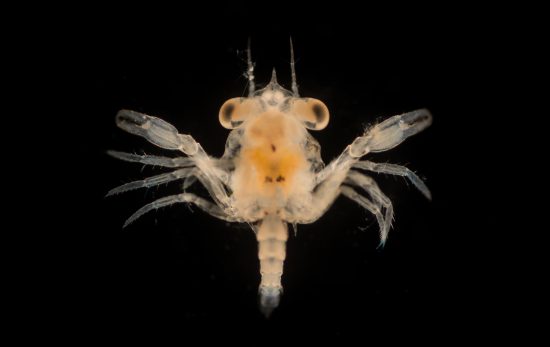To most divers it’s no secret that the moon’s gravitational pull generates the ocean’s tides. Thanks to the moon (and the intricate dance it performs with the sun and the Earth) the level of the ocean literally rises and falls in what we call high tide and low tide. When the moon is full or new, the ocean experiences a stronger pull, resulting in more pronounced tides. When the moon is half full, the ocean experiences a weaker pull, resulting in less tidal fluctuation.

While the moon’s effect on the tides definitely plays a major role in the lives of ocean animals, the moon also influences marine life in a more surprising and subtle way – with its light. As the moon waxes and wanes throughout the course of the lunar month, the amount of moonlight over the ocean can have unexpected and fascinating impacts on ocean animal behavior. Feeding, communication, mating, and spawning events linked to moon phases are some of the most remarkable happenings of the underwater world.
Any diver that completes a night dive during their Advanced Open Water Diver Certification, or better yet, completes the Night Diver Specialty Course, has the opportunity to explore the underwater world after the sun sets. In general, night divers often see increased activity levels of many ocean animals. In particular, by paying close attention to lunar cycles and moonlight levels, divers can feel like they are experiencing their local dive site for the first time, over and over again.
Most organisms possess an array of genetically encoded biological clocks that help them coordinate with rhythmic changes in their environment, like the phases of the moon. Marine scientists around the world have identified a wide variety of ocean animals that use internal ‘moon clocks’ – aligning specific life events with the amount of moonlight present on a given night.

Corals
Mass coral spawnings are some of the most spectacular events to occur beneath the surface of the ocean. In stunning unison, typically a few days after one full moon per year, nearly every coral on a reef begins to spew plumes of eggs and sperm into the water column – creating what looks like an ethereal snow storm. Using light sensitive neurons, corals are able to actually sense how much moonlight is hitting the surface of the water. In some locations, like the Great Barrier Reef, more than 100 species of coral will spawn on a single night. By synchronizing their release of gametes, corals increase the likelihood that fertilization will occur and overwhelm opportunistic predators with sheer numbers.
Marine Worms
Many species of marine annelid worms coordinate their reproduction cycle according to the phases of the moon with amazing precision. Under a full moon, sex cells mature in the adult worms living in the sea bed. Approximately two weeks later, under a new moon, and a few hours after sunset, the worms float to the surface and release eggs and sperm all at the same time – in an almost completely dark ocean.
Baby Fish
In the open ocean, moonlight helps baby fish grow. Studies have shown that clear full moon nights enable larval fish to better see and feed on plankton. With predators like lantern fish shying away from bright moonlight to avoid their own predators, baby fish are able to focus solely on eating as much as they can – resulting in faster growth. When these young fish (like rabbit fish and wrasses) are ready to become reef dwellers, moonlight now poses a risk. With many coral reef predators hunting by sight, the darkness of a new moon gives these little fish better chances of settling onto the reef safely.
Squid
Select species of squid, including bobtail squid and firefly squid, have symbiotic bioluminescent bacteria living on their undersides which allow them to mimic the light of the moon at night. By controlling the brightness of their glow, these cephalopods are actually able to match the amount of moonlight shining down through the water on any given night. In this way, they essentially erase their own shadow and blend in with the night sky above – protecting against predators.

Inspired to dive with the moon? You can start the Night Diver Specialty Course right now from the comfort of your own home with PADI eLearning. In paying close attention to the lunar phases in your area, you’re bound to observe exciting new marine life behaviors. Whether you dive beneath a full moon, a quarter moon, or no moon at all, you’ll have a completely different night diving experience all at your local dive site.




